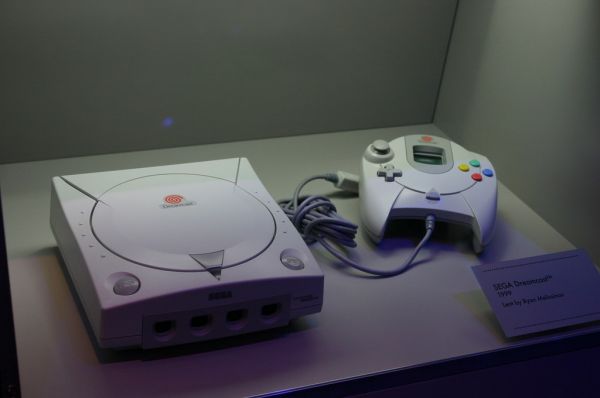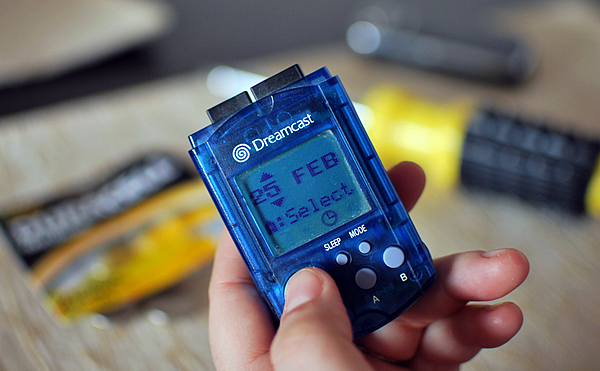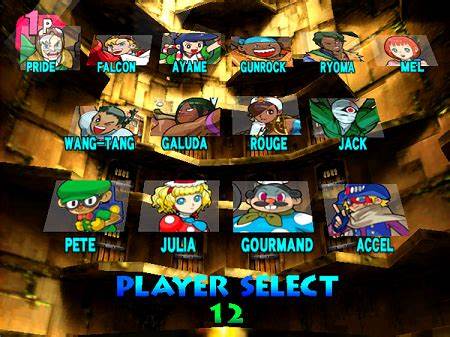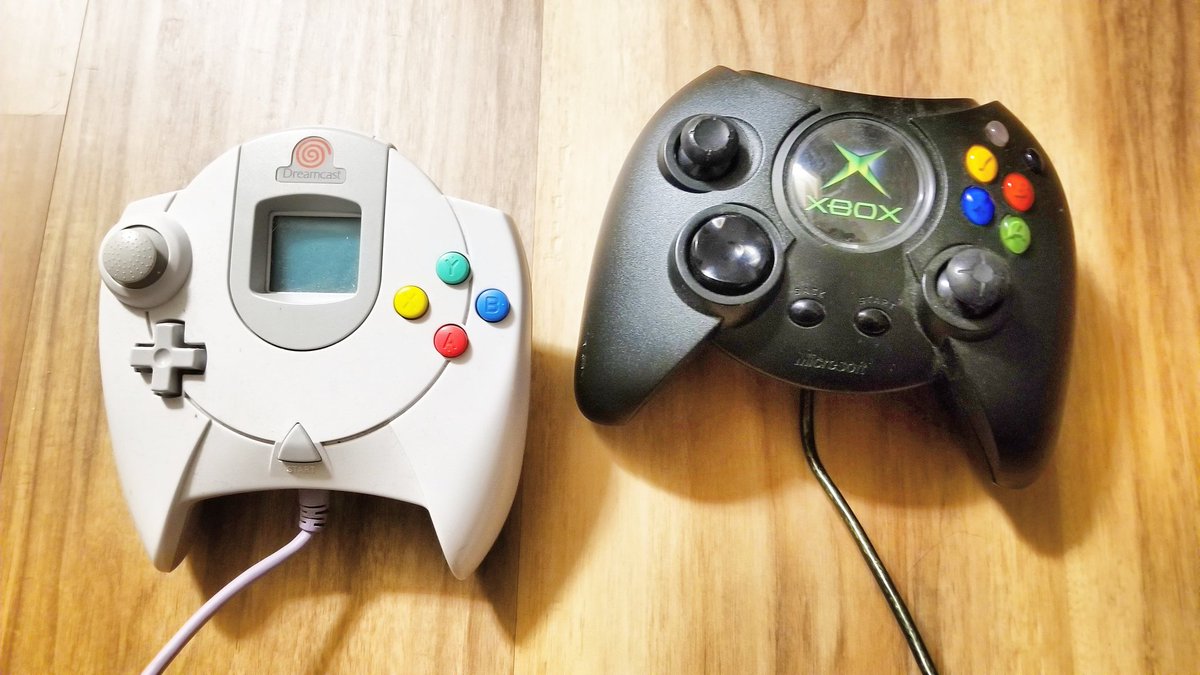The Dreamcast: A Love Letter to the Console that Tried to Change the Game
The Hardware: Simple Design, Serious Power
We gotta start with how this thing looked. The Dreamcast, with its sleek white exterior, was a pure product of late '90s futurism. It was a clean, compact design, almost like a distant cousin of the original iMac. Personally, I love how it feels like it’s from the future, even today.
Not only was it the first 128-bit console, but it also had a built-in 56k modem standard for online play! Sega basically saw the future and said, “Yeah, people are gonna want to frag their friends over the internet.”

The Controller: Chaotic Energy, But We Love It
The controller—yeah, it’s weird. The cord comes out of the bottom, it’s chunky, and the button layout feels... experimental. But here’s the thing: that chaos is part of its charm!

Games: Absolute Bangers and Hidden Gems
You know the big ones—Sonic Adventure, Jet Set Radio, Shenmue—but the Dreamcast was home to so many other wild titles. One of my all-time favorites is Power Stone. If you haven’t played it, it’s this off-the-wall fighting game where the entire arena becomes a battlefield.

The Dreamcast That Could Have Been: Microsoft and Sega’s Wild Partnership
Here’s a wild tidbit: Microsoft developed a custom version of Windows CE for the Dreamcast. That’s right, Bill Gates’ crew was in on the action. It kind of makes sense, right?

The End of an Era: Why It Couldn’t Hold On
Ah, the heartbreaker. Despite its insane innovations, the Dreamcast got body-slammed by the upcoming PlayStation 2. Sony was playing chess while everyone else was learning checkers. They came out swinging with the PS2, loaded with a DVD player and all the hype.
What stings most, for me at least, is how close the Dreamcast came to reshaping everything. Even after Sega officially pulled the plug, people kept playing. Indie devs were still making games for it as late as 2015! There’s just something about the Dreamcast that refuses to fade away.

Final Thoughts: A Flash of Brilliance
The Dreamcast is a reminder that innovation often comes from places willing to take risks, and Sega did that in spades. It was a console ahead of its time, loaded with ideas that the industry would only start to embrace years later.
For me, firing up the Dreamcast always feels like a time machine to the wild west of gaming when nobody played it safe, and everything was possible. If you’ve got a Dreamcast tucked away, dust it off. You’re missing out on one of the most magical, short-lived moments in gaming history.